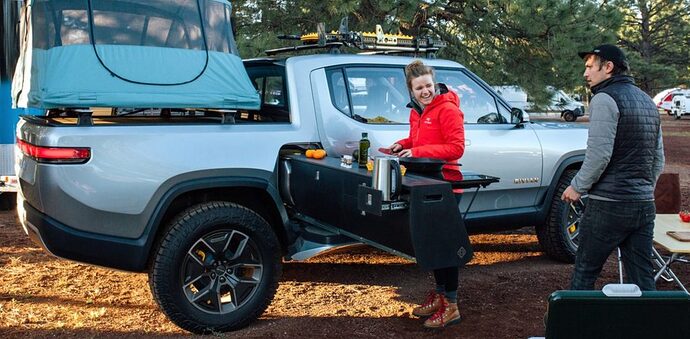You have an absolute obsession with me and it’s frankly uncomfortable.
The study reported that at 20 degrees, the average driving range fell by 12 percent when the car’s cabin heater was not used. When the heater was turned on, the range dropped by 41 percent.
Same as an ICE vehicle, you keep the doors closed, and huddle up for body heat. Occasionally, you engage the heater. As I said, some EVs have very efficient heater units so it’ll be even less of a problem than others.
How does it work?
An engine or motor wastes energy creating heat as a by product of it’s operation. A highly efficient electric motor produces very little heat so the air temperature must be raised by some other means. In early EVs, this meant the use of a simple resistive heater like the one found in a fan heater or electric fire. This was a superbly inefficient use of power and something that manufacturers quickly strived to move away from.
All modern EVs prefer the use of a heat pump system. This is a familiar heating system to anyone interested in eco-homes or sustainable building. A heat pump works very much like an air conditioner and is capable of moving heat into the cabin at efficiencies over 100%.
That’s not going to kill anyone that wouldn’t already be in trouble with a gas vehicle that will also burn it’s fuel supply if you try to use it to stay warm. Much less efficiently too.
I watched a guy spend a night in a non insulated panel van the other day on YouTube, in colder conditions than I95. It got cold as hell but he survived.
The number 1 survival factor is just not being stupid. If you manage your resources well, something like being stuck in a vehicle is a non issue. The conditions that would make it a serious threat are both exceedingly rare, usually avoidable with common sense planning, and a threat to anyone in an ICE vehicle too.
I wouldn’t make an EV my daily driver in Alaska or Antarctica, not without installing a separate heating system. Major epiphany there.
Also, if you are convinced that you are going to freeze to death in an EV, then don’t buy one. No one is making you.
Meanwhile, I will appreciate one less person in the buying pool.
And, FWIW, I am done engaging with you on this. I will continue posting in this thread, but not in response to you. Been down that road too many times.




